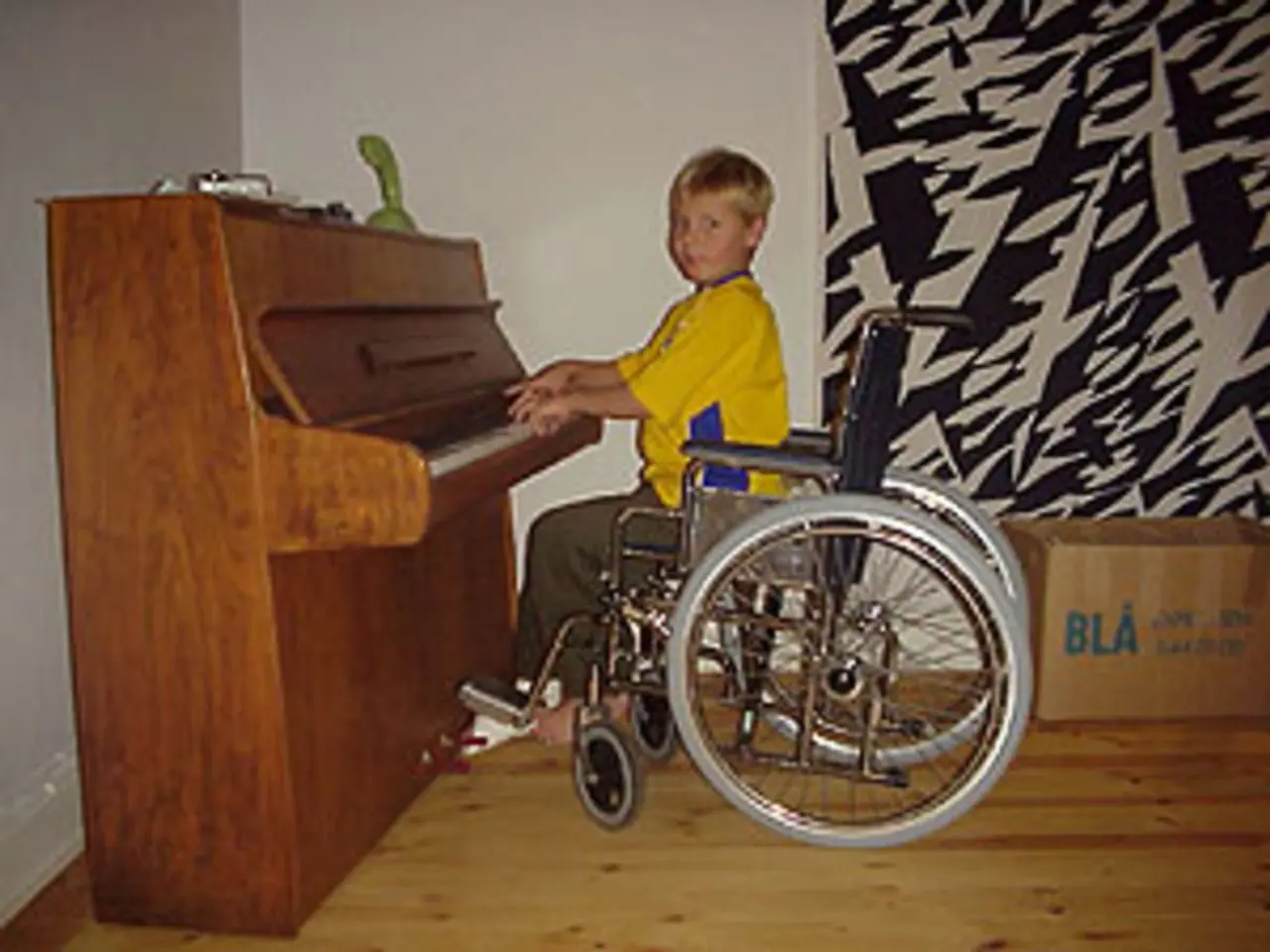A Fresh Take on ADD and ADHD: Updated Descriptions, Symptoms, and Therapeutic Approaches for Improved Management
Managing ADHD: A Comprehensive Approach
Attention-Deficit/Hyperactivity Disorder (ADHD) is a neurodevelopmental disorder that affects both children and adults. The term ADD (Attention Deficit Disorder) is an outdated term, replaced by ADHD in 1987 by the American Psychiatric Association (APA) [1]. Today, ADD exists under the umbrella of ADHD and is referred to as such. More specifically, one could use the term "inattentive ADHD" to describe the type of ADHD that used to be called ADD.
ADHD is categorized into three types: 1. Predominantly inattentive (similar to the old ADD term), 2. Predominantly hyperactive-impulsive, 3. Combined presentation (both inattention and hyperactivity/impulsivity) [2].
The main therapy approach used to treat ADHD is cognitive behavioral therapy (CBT). CBT focuses on the relationship between thoughts, emotions, and behaviors, specifically using these connections to get at the emotional roots behind unwanted behaviors [5]. Sessions are directed at helping clients identify internal barriers to focus and task completion and use behavior modification tools, such as examining cognitive distortions and thought reframing, to help improve focus and executive functioning [6].
People with ADHD can either take stimulants or non-stimulants to manage their symptoms. Stimulants are fast-acting, short-release drugs that work by increasing levels of dopamine and norepinephrine in the brain to improve executive functioning [7]. Examples of stimulants include Adderall, Ritalin, Vyvanse, Concerta, and Adderall XR. Non-stimulants, on the other hand, are extended-release medications that take at least a week or more to fully enter someone's system. Examples of non-stimulants include Strattera, Qelbree, Intuniv, and Kapvay [8].
Medication is often used alongside therapy to manage ADHD symptoms effectively. Beyond clinical treatment, self-education is a powerful tool for managing ADHD symptoms. Taking time to research the types of ADHD, what ADHD is, and how it works allows you to understand your brain and make sense of many of the patterns you fall into due to ADHD [9].
Inattentive ADHD symptoms include struggles to pay attention, making careless mistakes, forgetfulness, easily distracted, avoiding mentally demanding tasks, and poor time management [10]. Adults with inattentive ADHD may still find it difficult to be proactive or pay attention for long periods of time, avoid tasks that require more brain power, and have issues with forgetfulness [11].
Societal and cultural expectations placed upon women/girls may cause them to mask their behaviors well, making it harder to diagnose ADHD in them [12]. Girls and women with ADHD tend to present as inattentive rather than hyperactive [13]. As a result, they are often diagnosed later in life than men [14].
A 2023 study found that 25% of participants responded positively to online CBT treatment for ADHD [15]. Establishing routines, breaking up big tasks, managing distractions, and not overexerting oneself can be effective strategies for managing ADHD symptoms in daily life [16].
In conclusion, ADHD is a manageable condition with various therapeutic interventions and medications available. By understanding the condition, seeking appropriate treatment, and implementing effective strategies, individuals with ADHD can lead fulfilling and productive lives.
- Exploring the interplay between ADHD and health-and-wellness, it's crucial to address the mental health implications of the disorder, especially the impact on focus, memory, and overall executive functioning.
- In promoting holistic health, integrating self-education about ADHD, mental health resources, and strategies for daily life management can significantly contribute to the well-being and productivity of individuals managing ADHD.




